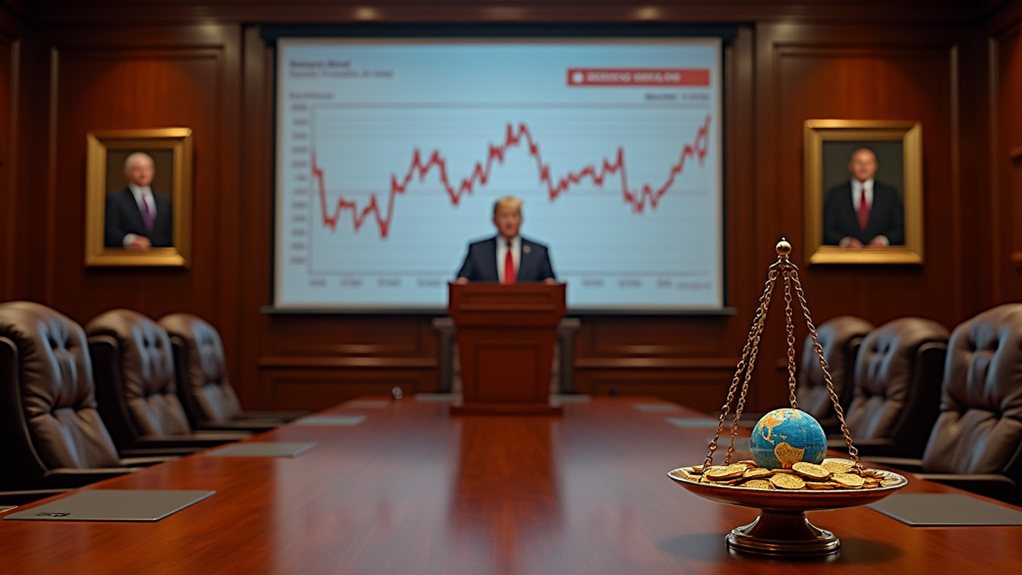In a bold move, former President Donald Trump has implemented several tariffs aimed at reshaping trade relations. He has placed a 25% tax on imports from Canada and Mexico, along with a 10% increase on goods from China. Tariffs on steel and aluminum imports have also been renewed. Trump has even threatened tariffs on the European Union, Colombia, and other countries. A universal tariff of 10-20% on all imports has been proposed as well.
These tariffs are expected to have significant economic impacts. Experts estimate that they could lead to a 0.2% reduction in long-run GDP. This could translate to a loss of about 223,000 full-time equivalent jobs. For American households, this might mean an average tax increase of $1,072. Additionally, the tariffs are projected to result in a decline in long-run GDP by as much as 1.3%. Households in the bottom 60% of income distribution face significant financial detriment due to these tariffs.
While the federal government could see an increase of $142 billion in tax revenue, the long-term economic output could drop by as much as 1.3%. Congress regulates interstate commerce to maintain economic stability, and the implications of these tariffs are significant in that context.
The market's reaction to these tariffs has not been favorable. The Dow Jones dropped 890 points, a decline of 2.1%. The NASDAQ fell by 4%, and the S&P 500 declined more than 2.5%. This led to a major sell-off on Wall Street, marking one of the worst trading days in years.
Trump has acknowledged that the economy is going through a "period of change." He downplayed the economic pain caused by the tariffs as just "a little disturbance." He insists that these measures are meant to "make America rich again" and bring manufacturing jobs back to the U.S.
Critics are concerned about the potential for supply chain disruptions and increased consumer costs. There are worries that these tariffs could lead to a recession. Studies have shown negative employment impacts from previous tariffs, leading many to doubt their effectiveness in helping the U.S. heartland economy.








